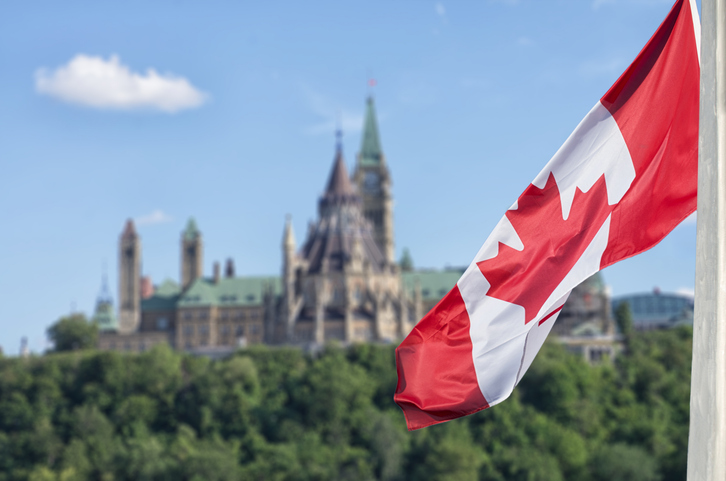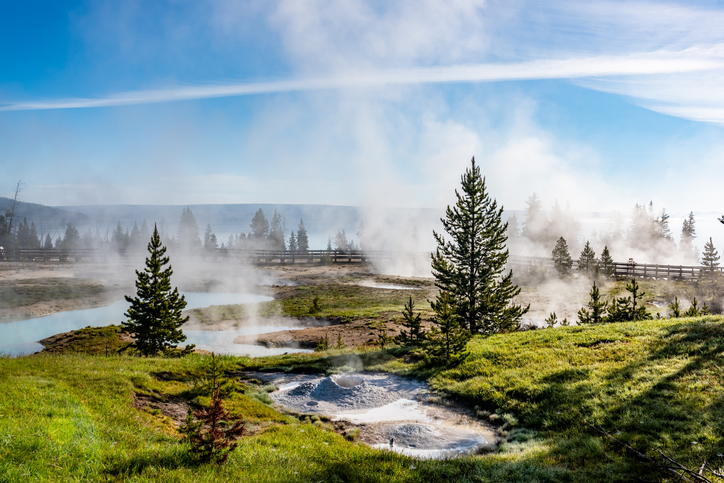Friday, September 26, 2025
We’re at the halfway point to the snap federal election on April 28, 2025. According to an Abacus Data survey of 1,900 Canadian adults, which was conducted from April 3 to 8, 2025, the Liberal party has a six-point lead over the Conservatives.
Traditionally, political parties publish election platforms, documents that lay out their positions and plans for a range of current topics that may be of interest to voters. One would expect that the advance noise in advance of the 2025 election call would have given the parties plenty of time to compile their platform documents in good time.
However, for some unknown reason those platforms, if they exist, have not been released by most of the parties that are currently represented in the House of Commons. Voters who have interest in policies other than tariffs and housing may therefore be left wondering which party they should vote for.
With this in mind here’s a synopsis of policy statements available so far. They have been made in recent weeks by the major parties. We hope that this summary helps voters who see environment as a key issue decide on where to place their vote. If more explicit policy or platform information is published by one or more parties before the election we will do our best to update this article appropriately.
The Liberal government scrapped consumer carbon pricing just before the election campaign began. The Liberal Party of Canada promises to:
- Introduce incentives to help families invest in clean energy, including reinstating the zero‑emissions vehicle subsidy program;
- Reform the carbon pricing system for large industrial emitters to ensure carbon markets work properly.
- Support new pipelines and energy projects provided affected provinces agree.
- Develop a trade and energy corridor across Canada for transport, energy, critical minerals and digital connectivity.
- Create a “Major Federal Project Office” to issue decisions on major projects within two years, instead of five.
- Phase out the use of fossil fuels in government buildings by 2030.
- Implement a carbon border adjustment mechanism to tax imports from countries that don=t have comparable carbon pricing.
- Upgrade and develop electric power facilities in the North.
In addition to these climate promises, the Liberal Party has recently published an environment platform, which includes:
- Conserve nature and biodiversity, including by creating at least 10 new national parks and marine conservation areas, and 15 new urban parks;
- Connect Canadians with nature by making access to National Parks and Historic Sites free for this summer;
- Bolster Indigenous stewardship, including by establishing a new Arctic Indigenous Guardians program, and funding Indigenous‑led conservation and protection projects;
- Protect freshwater, including by investing $100 million in a strategic water security technology fund to advance Canadian R&D, AI, monitoring, and data tools;
- Enshrine First Nations’ right to water into law;
- Protect nature where it protects us, including by implementing nature‑based climate solutions which deliver measurable carbon sequestration and biodiversity benefits, while supporting community resilience;
- Maintain and protect wildlife and clean up habitats in and around our coastal waters, including by investing an additional $15 million to modernize the location, retrieval, and responsible disposal of the ghost gear threatening marine mammals and birds; and,
- Champion nature conservation internationally, including by stopping illegal wildlife trade across borders with modern digital solutions.
The Conservative Party Of Canada began the campaign period with its “Axe the Tax” slogan, referring to its plan to entirely get rid of the federal carbon tax. In addition the following environment-related promises have been made:
- Repeal all carbon pricing, including on industrial emitters.
- Provide incentives for businesses that reduce emissions.
- Promote clean energy technologies.
- Encourage development of a pipeline to carry western hydrocarbons to the east coast.
- Repeal Bill C-69, the Impact Assessment Act.
- Create a pre‑approved national energy corridor to speed up infrastructure projects while creating “shovel‑ready zones” to get permits in place for a mine, liquefied natural gas plant, pipeline or other major project.
- Reduce the maximum time taken for environmental assessment processes for major energy projects to one year.
- Speed up development of the Port of Churchill in northern Manitoba and potentially to export oil from Churchill.
See also QUEST Canada partners with USask for renewable energy initiatives in Indigenous communities
The Bloc Québécois does not field enough candidates to form a federal government but nevertheless pledges to:
- Oppose any pipeline project passing through Quebec.
- End offshore oil and gas exploration in marine protected areas.
- Tax the profits of oil and gas companies and reinvest the sums into climate change adaptation.
- Introduce a border carbon adjustment mechanism to tax imports from countries that don=t have comparable carbon pricing.
- Ask the federal government to increase its share of funding for the Canada‑Quebec Nature Agreement.
The New Democratic Party (NDP) government would:
- Retain the industrial carbon price.
- Introduce a border carbon adjustment mechanism.
- Cut $18 billion in oil and gas subsidies.
- Oppose an LNG pipeline through Quebec and support the province’s right to veto energy projects on its territory.
- Prioritize creating an east‑west electricity grid.
- Continue the 100 per cent tariff on Chinese‑made electric vehicles.
- Provide a rebate of $10,000 for a Canadian‑manufactured zero‑emissions vehicle and $5,000 for buying or leasing a zero‑emissions vehicle manufactured elsewhere.
- Retrofit 3.3 million homes with energy‑saving upgrades, including 2.3 million low‑income households receiving the retrofit for free. One million households will receive grants or low‑interest loans that will cut energy bills by up to $4,500 annually.
- Support Canadian‑made solutions like heat pumps.
The Green Party of Canada aims to make Canada the world leader in clean energy with the promises to:
- Stop all new fossil fuel projects.
- Build a modern power grid across Canada.
- Make the switch to 100 per cent clean energy.
- Create the Youth Climate Corps to hire young Canadians to help communities become climate‑ready.
- Make polluters pay, specifically making big companies that have made climate change worse help fix it.
- Stop giving public money to oil and gas companies.
- Create strict, science‑based limits on Canada’s total pollution.
- Make companies prove they have real plans to deal with climate risks.
Further information on the federal election platforms and promises as they are released can be found here.
Note: If you don’t get your vote information card by April 11, or if it has incorrect information, visit elections.ca.
![]()
Colin Isaacs is a chemist with practical experience in administration, municipal council, the Ontario Legislature, a major environmental group, and, for the past three decades, as an adviser to business and government. He is one of the pioneers in promoting the concept of sustainable development for business in Canada and has written extensively on the topic in the popular press and for environment and business platforms.
Featured image credit: Getty Images












